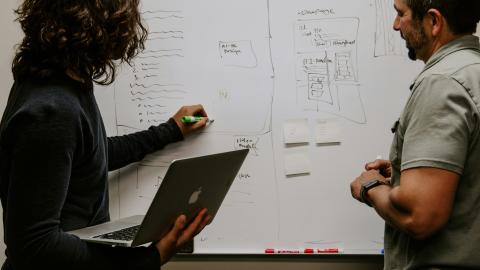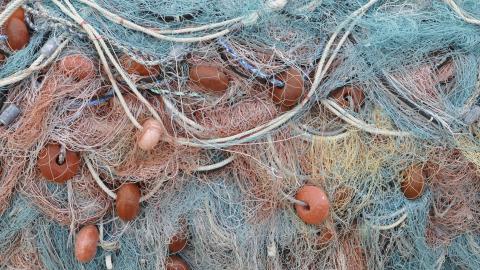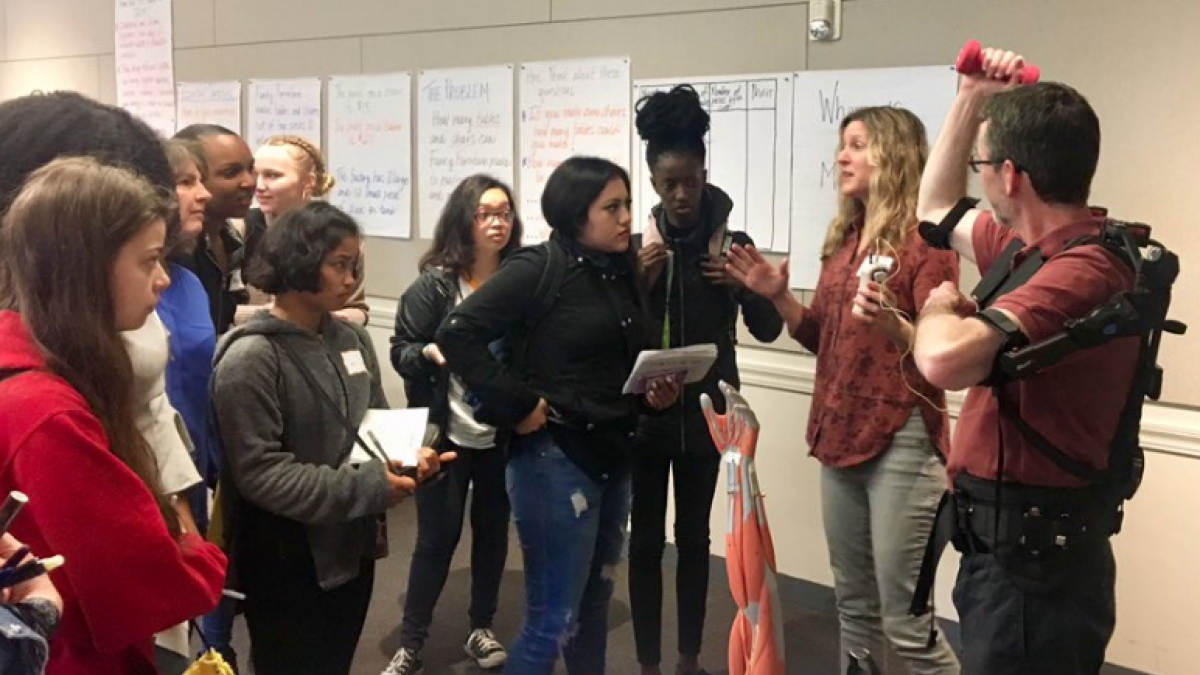
Women remain underrepresented in the science and engineering workforce, with the greatest disparities occurring in engineering and computer sciences where they make up only 28% of the total workforce. For women of color the disparities are even larger, with Black women, Latinas, and other women racially underrepresented in STEM comprising fewer than 1 in 20 employed scientists and engineers (Google for Education 2016).
The pattern of underrepresentation begins as young as grade school. Studies of K-12 students have shown that girls and boys do not significantly differ in their abilities in mathematics and science, but do differ in their interest and confidence in science, technology, engineering, and math (STEM) subjects (Educational Research Center of America 2016). The Career Access team at Highline Public Schools aims to disrupt this pattern through programs like the STEM Fest, designed to help students gain confidence and motivation to pursue the variety of pathways in these high-demand fields where many equity gaps exist. 
UW Environmental and Occupational Health Sciences employees Sarah Wolz and Nancy Simcox have been highly involved in the Highline STEM Fest, embracing the opportunity to empower students to pursue STEM careers.
"Nancy Simcox, Sarah Wolz, Grace Lasker and their team have been instrumental in connecting Highline students to fun, engaging activities that bring relevance to their coursework and also increase their knowledge of STEM college and career pathways" says Michelle Thomassian, Career Access Manager at Highline Public Schools.
"What is powerful about Nancy and Sarah’s approach is the way they demonstrate how STEM can also address social justice issues. For instance, they led an activity where students used fluorescent beads and UV flashlights to observe efficacy of different types of sunscreens, discussed the 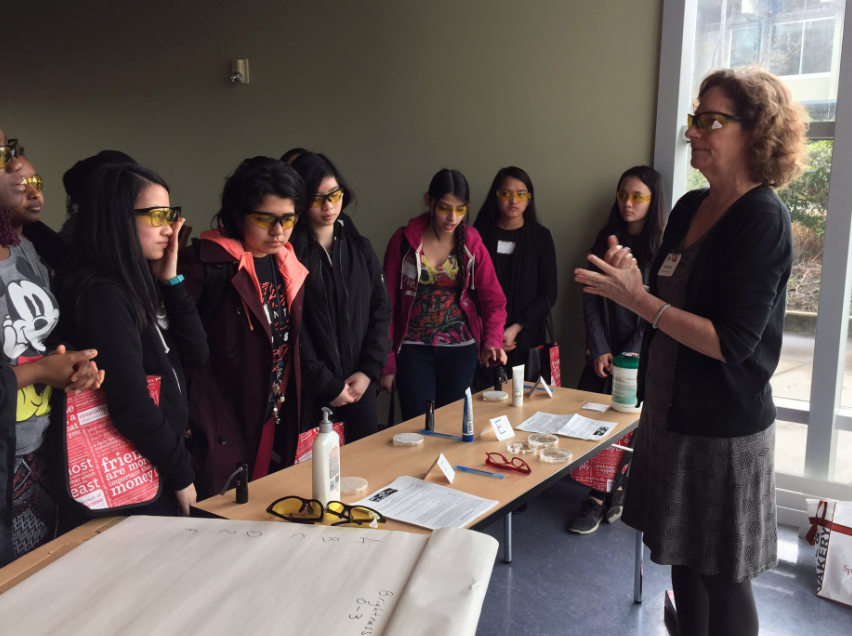 relative toxicities of the various types of ingredients, and had a discussion about how to read a label and get more information on the ingredients. Some products contain chemicals that are more damaging to our endocrine system; others are toxic to fish and water quality. How does one choose the best product to protect from the hazards of sun exposure? The answers aren't always easy or clear cut, but understanding science helps make an informed decision. The following year, they introduced students to the ‘Think Dirty Shop Clean’ app and taught them how to use this fun tool to rate the relative safety or toxicity of their personal care products, to better understand how to research and select their own products, and how health and beauty companies often use misleading labeling to sell products. Examining the intersection of science and social justice is a powerful way for students to be inspired to pursue a career in STEM, and because of phenomenal partners like Nancy, Sarah and Grace, students can realize it is an option for them, too."
relative toxicities of the various types of ingredients, and had a discussion about how to read a label and get more information on the ingredients. Some products contain chemicals that are more damaging to our endocrine system; others are toxic to fish and water quality. How does one choose the best product to protect from the hazards of sun exposure? The answers aren't always easy or clear cut, but understanding science helps make an informed decision. The following year, they introduced students to the ‘Think Dirty Shop Clean’ app and taught them how to use this fun tool to rate the relative safety or toxicity of their personal care products, to better understand how to research and select their own products, and how health and beauty companies often use misleading labeling to sell products. Examining the intersection of science and social justice is a powerful way for students to be inspired to pursue a career in STEM, and because of phenomenal partners like Nancy, Sarah and Grace, students can realize it is an option for them, too."
At this year's event, Nancy and Sarah partnered with the Rick Goggins and Nicole Irby, ergonomists from the Washington State Department of Labor and Industries, to demonstrate new exoskeleton technology designed to reduce musculoskeletal risk factors for workers. Students at the STEM Fest were greeted by an exoskeleton-clad Rick, and invited to quantitatively measure and calculate how effective the Iron Man-esque (or should we say Iron Woman!) gadget was in reducing strain on Rick's muscles when performing overhead work. 
After completing their measurements, and determining that the exoskeleton was in fact very helpful, Sarah and Nancy encouraged the students to take it a step further by considering what kinds of jobs could benefit from exoskeletons and what career paths they could pursue if they wanted 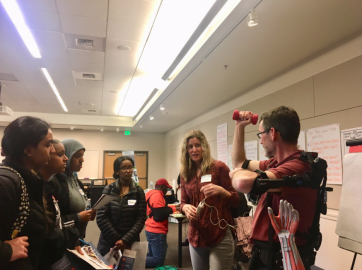 to design similar technology of their own.
to design similar technology of their own.
Although many of the students had never heard of ergonomics, or seen an exoskeleton, they were quick to see the importance of such technology. "I could see this technology being helpful for my dad," said one student, "he works in painting and roofing, he does a lot of work with his arms raised above his head and complains of getting tired."
A final ergonomic point was made about the postures many of us adopt when using our phones and tablets--"Text Neck Syndrome"--and the girls were given information on the mechanics and long-term adverse effects of such forward neck postures, and some alternative postures to try to minimize these effects. All went home with a new understanding of biomechanics, musculoskeletal health, and new technologies related to both, and inspiration to pursue careers in STEM!



